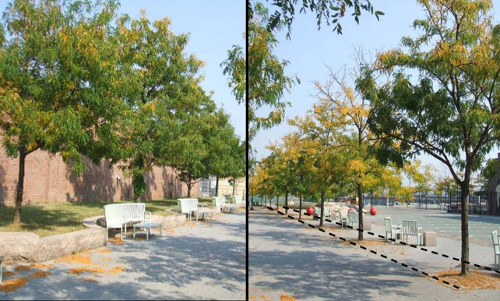
Most urban trees in North America are planted in inadequate soil volumes and other inhospitable conditions that doom them to premature decline and death, meaning that we rarely capture their full ecological utility or enjoy their beauty.
But, there are exceptions to every rule, and street trees are no different. Indeed, some trees planted in urban areas seem to do very, very well.
These trees can be head-scratchers. Why do we need specialized solutions like suspended pavement if certain trees perform as well as they do? For these trees that succeed against the odds, there are a few common site characteristics that are often factors in their success.
They’re located on street corners
Trees on street corners often perform better than their counterparts in the middle of the block, particularly if all of the trees on the block are doing OK (but this tends to hold true even if they’re not). Why is this?
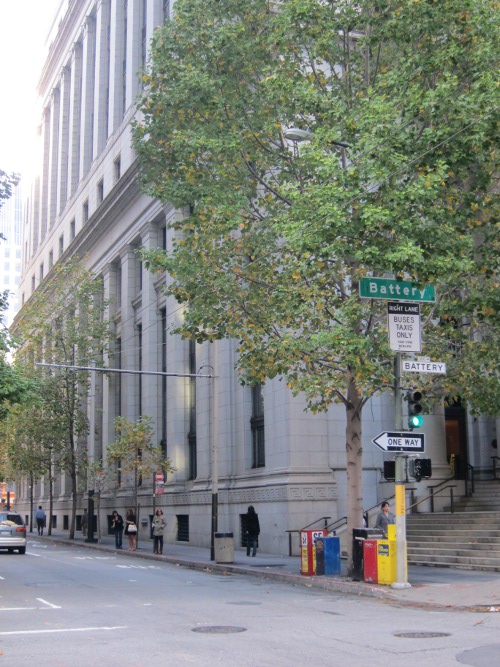
Corner trees experience less canopy competition because they receive light on both sides of the their canopy as well as the top. Young trees located on corners that receive better light will be able to generate more energy and grow bigger from the outset. By contrast, trees in the middle of the row have to fight it out for access to light, and can only get exposure on the top and one side of the canopy (presuming the other side is close to a structure).
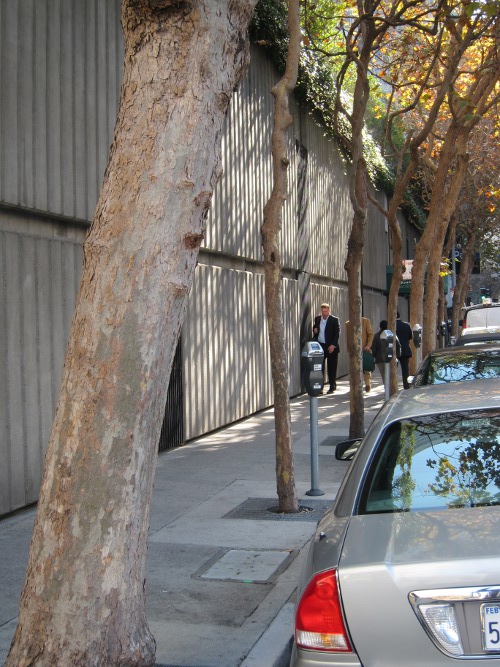
The other factor that makes corners more advantageous sites for urban trees is related to utilities — specifically storm drains — that frequently have an inlet at the corner. Storm drains are large structures that are difficult to compact around when they’re being installed. This means that soil conditions around storm drains often contain a more hospitable proportion of air and water. In addition to this, storm drains can be leaky, providing trees with an ongoing source of hydration. Lightly compacted soil, irrigation, and more light all lead to healthier, bigger trees on street corners rather than in the middle of the block.
They’re adjacent to other soil volumes
Some street trees have the good fortune to be planted nearby parks, lawns, or other open soil volumes, and you’ll notice that — if they can survive long enough — they often fare better than nearby trees planted in regular 4 x 4 openings. This is usually because the roots have managed to break out of their small planting area and access the larger adjacent soil volumes.
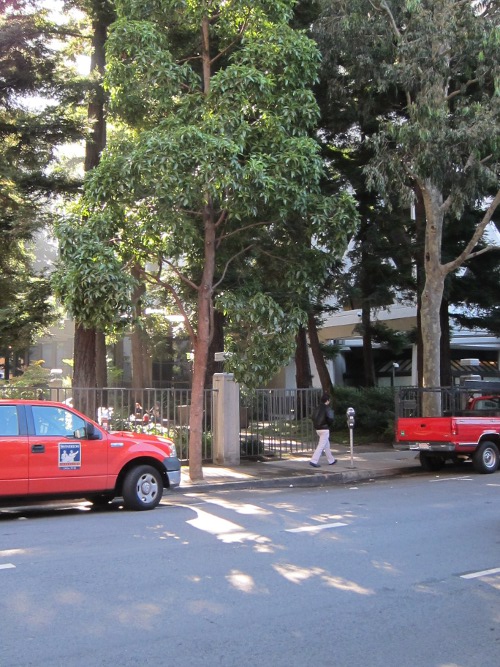
Take this Brisbane box and eucalyptus tree planted right outside the DeepRoot office on Washington Street in San Francisco. They look pretty great, despite puny sidewalk openings. Lucky for them, they are right outside the Redwood Park, which you can see behind the gates. The Redwood Park contains significant volumes of soil (the redwoods are growing there quite happily) and and receives regular irrigation. These adjacent street trees have been successful because they found a way to access those resources.
The site was originally developed prior to World War II
What does WWII have to do with trees? After it was over, war machines like tanks began to be adapted for construction applications. (You can’t help but notice the resemblance between tanks and tracked machines). Backhoes and other construction equipment capable of disturbing huge areas of land quickly took over and were utilized in the renewed development of the 1950s and 1960s.
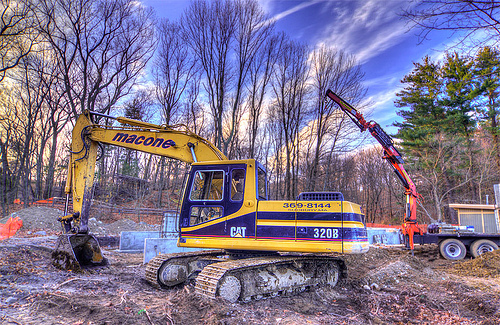
Disturbing soil on such a huge scale has a significant impact on plant health. Not only are soil horizons mixed up, heavily compacted, or in some cases stripped entirely, but trees themselves are often damaged beyond recovery by the equipment on construction sites. Some of the best trees in your community may be those that were planted long before these development processes were in place.
Of course, planting a tree on a corner and adjacent to a nearby soil volume isn’t a guarantee of success. Some of the trees shows here — while perhaps more successful than their neighbors — are still not objectively thriving. For truly long-term tree growth, we have to plan and construct ways to provide them with adequate soil volumes. Otherwise, it’s small trees for us.
As you walk around your city or town, start observing how the street trees grow and see if you notice these patterns hold true there as well.
Images: Last photo from Alone With Nature, all others from DeepRoot Green Infrastructure and James Urban






Leave Your Comment